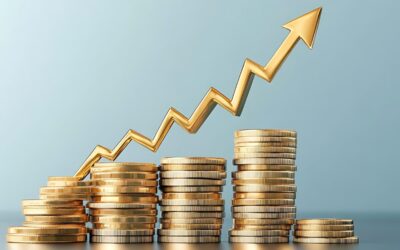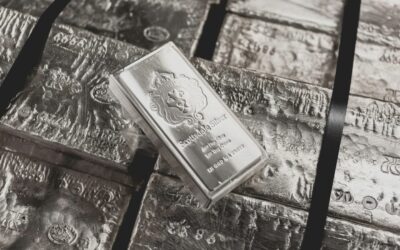President Elect Donald Trump has made no secret of his desire to place America first and make it great again, his resolute commitment to tariffs as a cornerstone of his economic policy could have far-reaching implications for global markets.Tariffs are essentially taxes on imported goods, and the costs are often passed down to consumers in the form of higher prices. For gold investors, such policies present unique opportunities, primarily because tariffs often create economic uncertainty and inflationary pressures—two conditions under which gold historically thrives.
Tariffs can also put downward pressure on the U.S. dollar. For instance, during Trump’s tenure, the combination of trade restrictions and uncertainty around global supply chains weakened the dollar’s value relative to other currencies. A weaker dollar makes gold cheaper for international buyers, increasing demand and driving up prices.
When a country imposes tariffs, it risks sparking retaliatory measures from its trading partners. During Trump’s presidency, this scenario played out vividly with China, the European Union, and other major economies. For instance, in response to U.S. tariffs on steel, aluminum, and Chinese goods, several nations imposed tariffs on American exports like soybeans, cars, and whiskey.
This tit-for-tat escalation disrupts global trade and drives up costs for businesses and consumers on both sides. In such a scenario, inflation can resurface with a vengeance. Here’s why:
- Cost-Push Inflation: Tariffs increase the cost of imported goods. For companies reliant on foreign components or materials, these higher costs are often passed on to consumers. If retaliatory tariffs target U.S. exports, domestic manufacturers face rising costs and shrinking profit margins, compounding inflationary pressures.
- Wider Economic Impact: Retaliatory tariffs can cripple export-driven industries, reduce competitiveness, and inflate prices domestically. For example, American farmers saw their exports drop during the U.S.-China trade war, while consumers faced higher costs for everyday goods ranging from electronics to food products.
- Inflation’s Return as a “Sledgehammer”: A full-blown tariff war could amplify inflation, with cascading price hikes across a wide spectrum of goods. This is precisely the environment where gold shines as a safe-haven asset. Inflation erodes the purchasing power of fiat currencies, prompting investors to seek refuge in assets that retain their intrinsic value. Gold, historically a reliable store of wealth during inflationary periods, becomes increasingly attractive under these conditions.
Implications for Gold Investors
For gold investors, retaliatory tariffs offer a dual advantage. First, they inject uncertainty into the markets, driving risk-averse investors to seek safety in gold. Second, the inflationary shock caused by escalating tariffs can significantly bolster gold’s appeal as a hedge against rising prices.
Moreover, central banks may respond to inflationary pressures by increasing interest rates, potentially slowing economic growth or even triggering a recession. In such an environment, gold often serves as a critical asset for preserving capital and protecting wealth.
Trump’s policies highlight how tariff-induced inflation, magnified by retaliatory measures, can create a perfect storm for gold investors. Those holding gold during such periods are well-positioned to weather economic volatility and safeguard their wealth.
Disclaimer: This blog is for informational purposes only and does not constitute financial advice. Buying physical gold as an investment involves risk, as the value of precious metal prices can be volatile. Historical financial performance does not necessarily give a guide of future financial performance. We recommend that you conduct your own independent research and seek professional tax, legal and financial advice before making any investment decisions.



